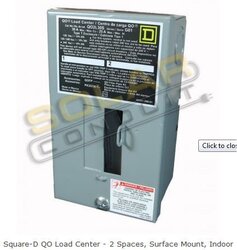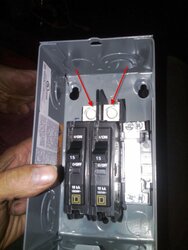Hello
I got a 2 circuit 30 amp sub panel at Home Depot for $13 dollars. Now the wire is where they get ya!!
Here is the same box for $29.00!
https://solarconduit.com/shop/square-d-qo-load-center-2-circuit-30-amp-surface-mount-indoor.html
Well, It is a nice weekend to teach my son trench digging 101 with a pick and shovel! LOL
The dirt next to our foundation I thought was concrete it was so very hard!!
So I showed my son what a pick ax is used for!!
Anyway, what wire should I use and how deep do I go? 1.5 to 3 feet? How to attach a ground rod?
I need about 150 feet since the main panel is on the opposite end for our house!
I got a 2 circuit 30 amp sub panel at Home Depot for $13 dollars. Now the wire is where they get ya!!
Here is the same box for $29.00!
https://solarconduit.com/shop/square-d-qo-load-center-2-circuit-30-amp-surface-mount-indoor.html
Well, It is a nice weekend to teach my son trench digging 101 with a pick and shovel! LOL
The dirt next to our foundation I thought was concrete it was so very hard!!
So I showed my son what a pick ax is used for!!
Anyway, what wire should I use and how deep do I go? 1.5 to 3 feet? How to attach a ground rod?
I need about 150 feet since the main panel is on the opposite end for our house!



